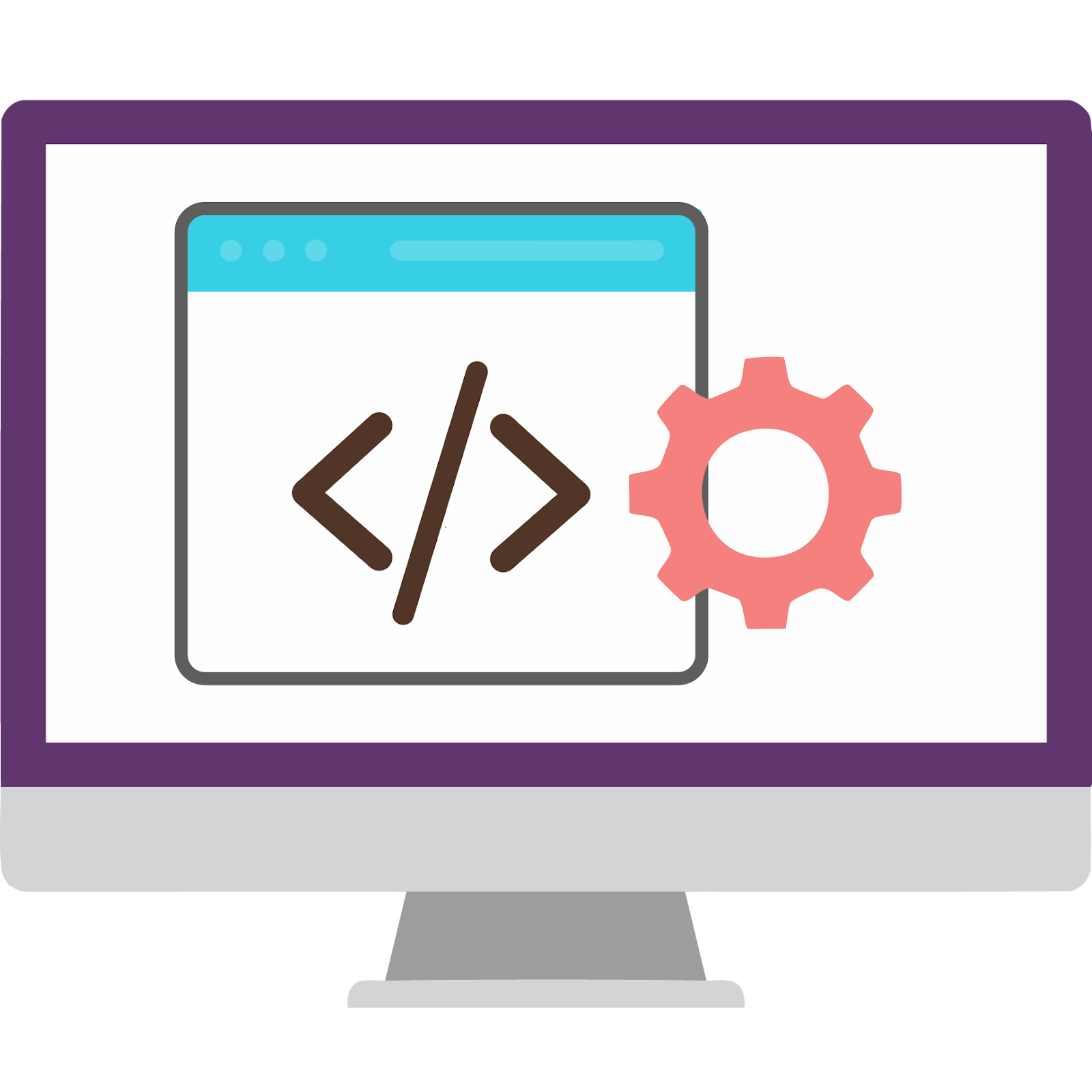A Deep Dive into the Website Building Process
Great websites aren’t built overnight. They’re built on a foundation of strategy and structure, from the first content audit to the final launch checklist, every phase of the process should serve the user while supporting the businesses goals. We're breaking down how our agency approaches the website building process, so you can see exactly how strategy, creativity, and execution come together to build powerful digital experiences.
It All Starts with Strategy

High-performing websites serve many different purposes, from providing information about your brand to generating leads for your business. Before beginning any website, we assess our clients’ strengths, flag any gaps, and complete a Website Needs Assessment. Here we evaluate everything from marketing goals to third-party integrations, creative needs, and evaluating the user journey from the initial page visit to conversion. Throughout this phase, we also keep functionality top of mind—planning for essential integrations like AccessiBe for accessibility, WEGLOT for multilingual support, cookies for compliance, and reCAPTCHA for security—to ensure the site is not only effective but fully equipped to meet modern standards.
It’s not enough for a website to simply look good. We analyze current user behavior, pull performance data and metrics to help inform a user-centric design that gets our audience where they need to go. In this stage, we develop the sitemap, clearly articulating high-fidelity pages and collections, determine navigation throughout the site, and identify key elements from the type of fields (rich vs plain text) to the type of contact form. It’s no secret we prefer Webflow when creating and developing websites—its flexibility and visual-first interface allow us to translate strategy into highly customized, scalable digital experiences. This foundation ensures each site not only functions seamlessly but is also positioned to evolve with the business over time.
Intelligent Design

What comes first, copy creation or wireframes? Both. We work in tandem to make the copy fit the wireframes while simultaneously making the wireframes fit the needs of the content. With the general page layout outline, we begin copywriting, emphasizing tone and intent. We use tools like Google Search Console and Moz to identify high-value keywords to incorporate, so our users can find what they're searching for and search engines can easily determine relevancy.
Working alongside content creation, the creative team maps out a rough outline for static and dynamic pages, visually represented using Figma to display the structural build of the site and give clients a general idea of the site layout. From there, we prototype and design. Prototyping helps us visualize the user flow, catch gaps early, and stay aligned with the client at every step.
Bringing the Website to Life

With design complete, it’s time to move into development. This phase is where ideas become interactive, user-ready websites. The creative team begins by mapping out page layouts, structuring collections, and customizing fields that support dynamic content. On the backend, we set up the components, styles, and interactions that make the site not only visually cohesive, but functionally sound. This structured approach ensures a seamless handoff between design and development, laying the foundation for a high-performing website.

Once development is complete, we enter a critical quality assurance phase: testing. This process unfolds through both internal testing and client testing and ensures the site is functioning seamlessly across the board. We conduct extensive testing across multiple devices and browsers to confirm responsiveness, user experience, and accessibility standards. From mobile performance to bugs, no element is overlooked. Internally, we simulate user interactions, stress-test key functionality, and run performance checks. During client testing, we gather feedback, validate all functionality, and ensure every detail aligns with the original website strategy .

Once everything passes, we move into pre-launch preparation, running through a comprehensive checklist that includes SEO setup, final compliance checks, and analytics configuration. After launch, we continue to support the site through a post-launch punch list and maintenance plan—monitoring performance, addressing any live-site issues, and making sure the site remains optimized and secure.
A Foundation for What’s Next
Websites are never a one-and-done effort. Working with technology often means navigating the unexpected, sometimes requiring us to pivot on functionality or rework ideas to meet evolving challenges and client needs. That’s why flexibility is built into our process. A website should grow alongside your brand, adapt to your audience, and stay aligned with the platforms that support it. Every site we build is rooted in strategy, crafted for long-term performance, and designed with the future in mind, ready to evolve as your business does.
Want to see a real-world example? Explore one of our latest website launches.
